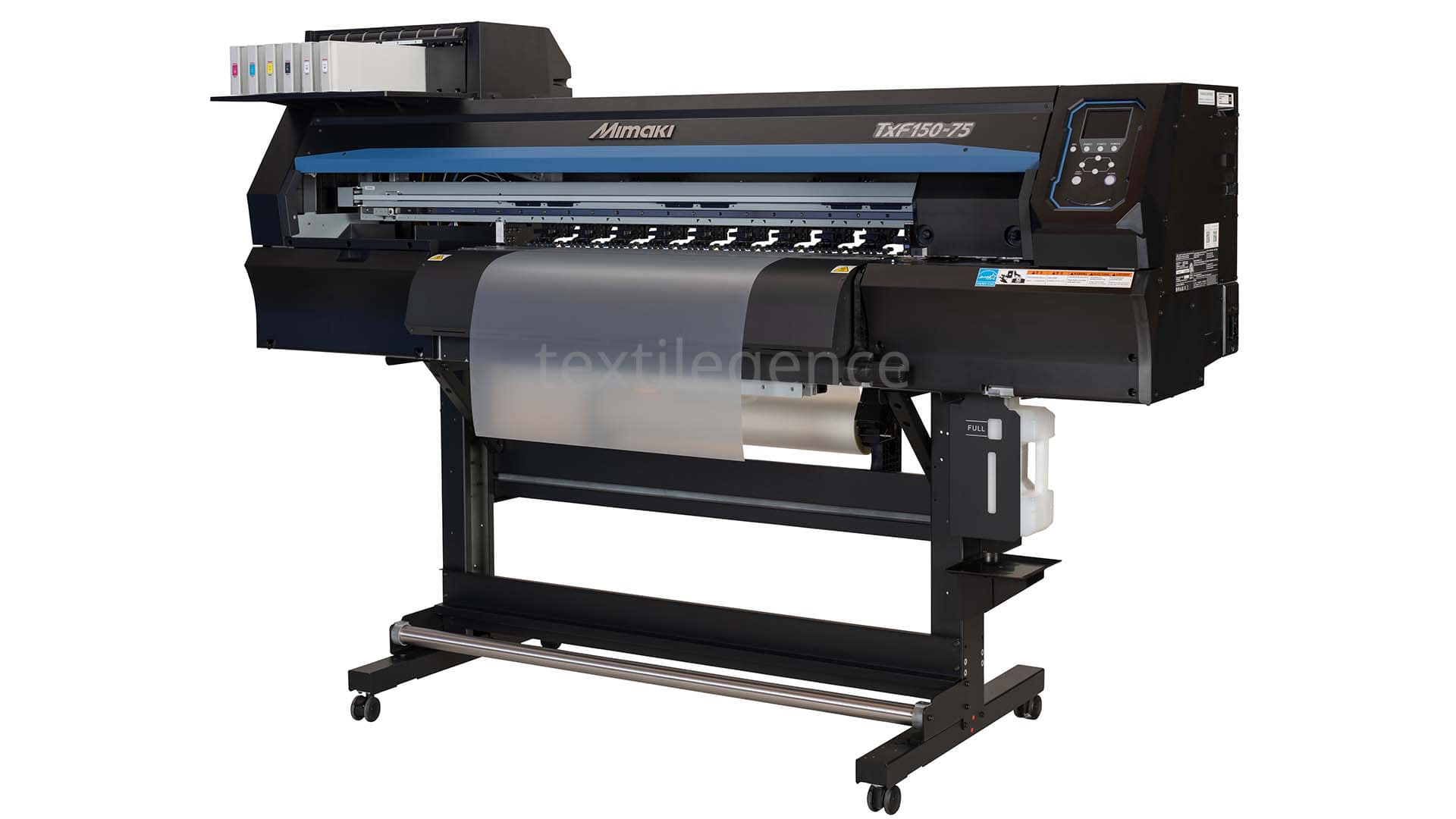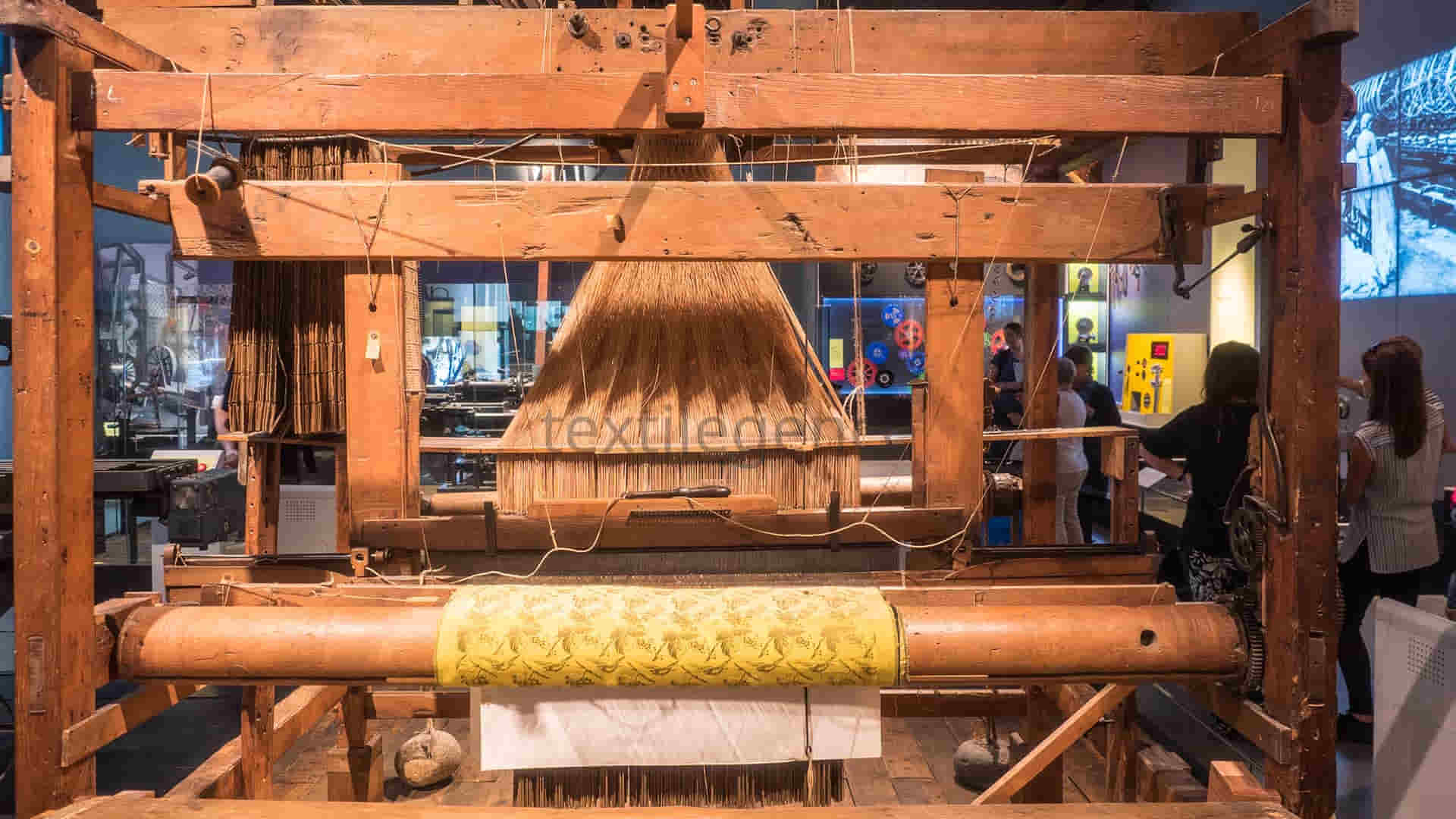220 years of textile machinery automation have reshaped the industry landscape. Joseph-Marie Jacquard’s introduction of the first automated weaving loom in 1804, controlled by perforated cards storing intricate patterns in binary code, marked the dawn of modern automation. This innovation not only paved the way for binary computer programming but also set the stage for continuous technological evolution.
In weaving technology, the latest advancement from Optima 3D in the UK revolutionises conventional methods, offering unparalleled versatility through its sophisticated digital control system. By enabling instantaneous adjustments to parameters and sequences, Optima’s machine caters to the production of intricate structures from premium fibers like carbon, as the essential reinforcements for composites.
The University of Maine’s Advanced Structures and Composites Center (ASCC) exemplifies the transformative impact of automation, utilizing Optima’s machine for groundbreaking composite projects, including creating the world’s largest 3D-printed boat, earning ASCC multiple Guinness World Records.

Automation in textile machinery has also created a difference in the medical sector
Similar advances in automation are being made with knitting machinery and here Switzerland’s Steiger enjoys a special position, with 70% of its turnover generated from the sales of unique machines, interfaces and services to the medical sector for the production of customised orthopaedic compression supports.
Via connected body scanners, these products are supplied to medical professionals within 24 hours of being ordered. Steiger machines also play a pivotal role in niche areas such as knitted electrodes, sensors, and reinforcement supports for composites, as well as specialized intarsia machines for high quality and complex knitwear catering to luxury brands including Burberry, Chanel, Dior, Hugo Boss and Versace.
DTF: revolution in traditional screen printing
The digital textile printing industry is experiencing a seismic shift propelled by automation, notably through the direct-to-film (DTF) method. DTF’s digital printing onto specialized transfer film sheets, followed by heat transfer onto fabrics, revolutionizes traditional screen printing with its efficiency and superior quality. Mimaki Europe’s TxF150-75 DTF printer emerges as a game-changer, with its widespread adoption across the EMEA region since its launch in February 2023, reflecting the industry’s growing preference for DTF technology. Mimaki Europe reports that its first DTF printer, the TxF150-75, has now surpassed the milestone of 300 units sold across the EMEA region.
Mimaki Europe General Sales Manager, Arjen Evertse underscores the TxF150-75’s success, attributing it to its user-friendly interface, reliability, and exceptional print quality: “We’ve seen the impact DTF is having on the market in recent years and wanted to offer a solution that excelled in usability, reliability and quality. The Tx150-75 provides all of these benefits, but its popularity is also due to its suitability for those introducing DTF technology to their production capabilities or those who already have an in-house business producing smaller run jobs.”
This printer’s popularity extends to both newcomers venturing into DTF technology and established businesses focusing on smaller production runs, reaffirming DTF’s position as a transformative force in the textile printing industry.
You can find the source of the article on the ITMA exhibition website.


